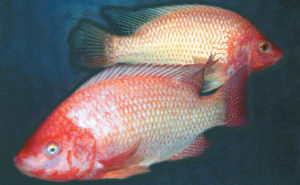
Advances in tilapia broodstock management
Female tilapia broodstock spawn asynchronously, producing only 2,000 eggs per clutch. Hatchery operators often run into low seed quantity and quality problems.
Chlorine is used in fish processing to prevent contamination by waterborne pathogens and to reduce the incidence of cross-contamination.

Female tilapia broodstock spawn asynchronously, producing only 2,000 eggs per clutch. Hatchery operators often run into low seed quantity and quality problems.
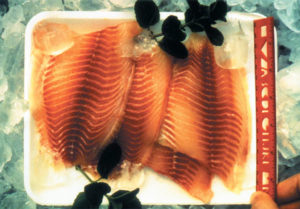
Processed tilapia is continuing to improve as international growers upgrade their production, processing and transportation systems.
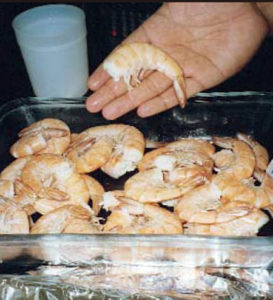
Grupo Granjas Marinas built a shrimp-cooking facility adjacent to its processing facility in Honduras and replaced its refrigeration equipment.
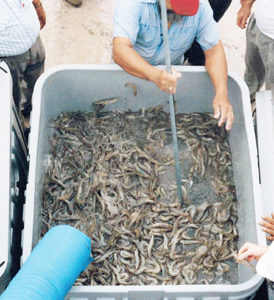
This article describes a mechanized shrimp harvesting that consistently yields quality product suitable for the European market.
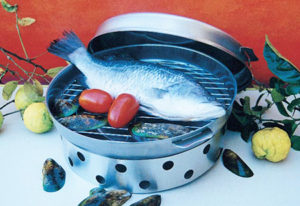
The Asian sea bass (Lates calcarifer) is known by various common names in different parts of its range, including “barramundi” in much of Asia.
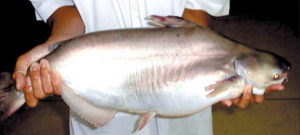
Vietnam introduced its “Doi Moi” program of economic reform in the mid-1980s, effectively establishing an open-door policy for outside investment.

Australia’s aquaculture industry is developing rapidly, fueled by southern bluefin tuna (Thynnus maccoyii) in offshore net cages.

With improvements in water recirculation technology, the time has come to seriously consider RAS in a freshwater salmon hatchery.

Most of the approximately 250 Norwegian salmonid hatcheries are located on the coast and close to a freshwater source.

New designs for fluidized sand bed biofilters have improved hydraulic efficiency, reliability, installation costs and maintenance.
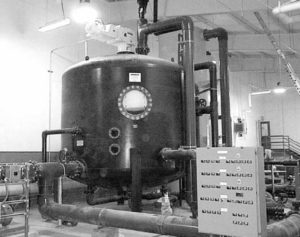
Bead filters compete very well as bioclarifiers and are used in combination with fluidized beds to tackle solids capture and biofiltration needs.
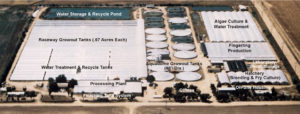
Solar Aquafarms developed an innovative, low-cost method for growing fish and shrimp in closed-cycle, controlled environments in California.
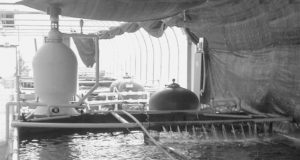
Researchers conducted the first experimental nursery and grow-out trials of southern flounder in a raceway using a freshwater recirculating system.
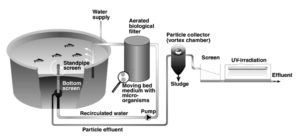
Availability of quality fresh and saline water in Norway has contributed to the fact that recirculation technologies are considered uneconomical.
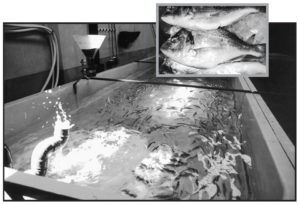
Sea bream fingerling producers have had to modify their facilities to grow larger animals by increasing tank volume and water flow.